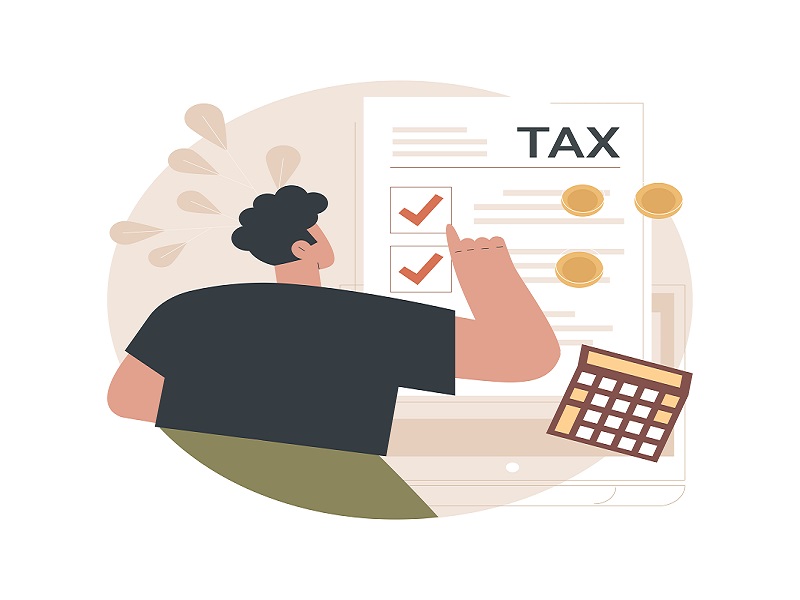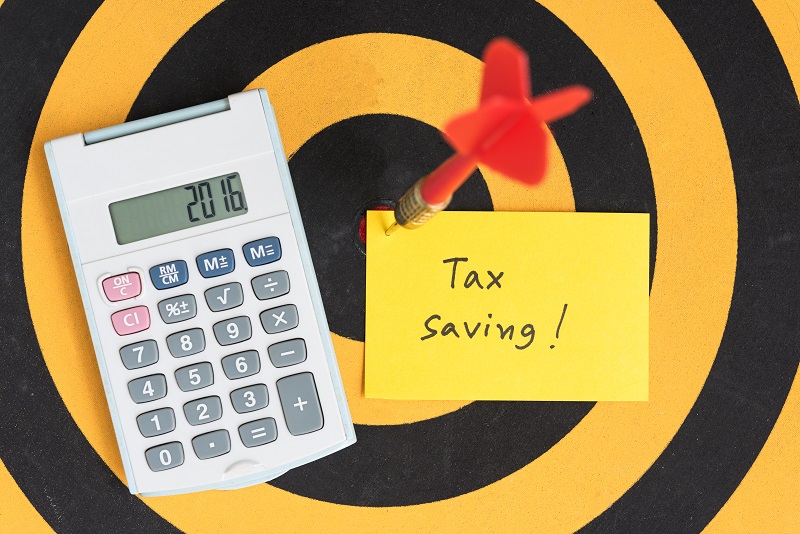The Buyt Desk
Every taxpayer will have to choose a tax regime suitable to them. An individual needs to decide whether they want to pay tax as per the old or the new tax regime. If you continue to pay your taxes as per the old regime you will enjoy the benefits of various tax deductions and exemptions. But if you are willing to let go of these tax deductions then you can choose the new regime which will give you slightly lower tax rates. There are 3 tax slabs in the old tax regime and 6.
Old Tax Regime
|
Income Slab |
Tax |
|
Up to Rs 2.5 lakhs |
Nil |
|
Rs 2.5 lakh to 5 lakh |
5% |
|
Rs 5 lakh to 10 lakh |
20% |
|
Income above Rs 10 lakhs |
30% |
New Tax Regime
|
Up to Rs 2.5 Lakh |
Nil |
|
Rs 2.5 to 5 Lakh |
5% |
|
Rs 5 to 7.5 Lakh |
10% |
|
Rs 7.5 to 10 Lakh |
15% |
|
Rs 10 to 12.5 Lakh |
20% |
|
Rs 12.5 to 15 Lakh |
25% |
|
Above Rs 15 Lakhs |
30% |
In addition to this, there will be a Health and Education Cess of 4% in both the regime. If the income crosses the Rs 50 Lakhs then a 10% Surcharge on tax and a 15% surcharge on tax if earning crosses Rs 1 Crore.
The deduction that you will have to let go if you chose the new tax regime is as following-
-
Standard deduction of Rs. 50,000
-
Rebate on 80C investment of Chapter VI A of Rs 1.5 lakh such as insurance premium payment, PPF, EPF
-
House Rent Allowance (HRA) which is available according to the salary structure
-
Health Insurance Premium of Rs 25,000 under section 80D of IT ACT
-
Home loan interest rebate up to 2 lakhs,
-
The first home buyer gets an additional deduction of Rs 1.5 lakh under section 80EEA
-
Saving Bank Interest
-
Education Loan Interest
-
Rs 50,000 deduction on National Pension System
-
Investment in National Savings Scheme (NSC)
The exemption that will continue to be available in the new tax regime-
-
Rent 30% Standard Deduction
-
Employer’s contribution to NPS under section 80CCD 2
-
Agricultural Income
-
Maturity of insurance under section 10(10D)
-
Income from life insurance: If the insurance cover is 10 times the annual premium
-
Retrenchment compensation (compensation on retrenchment): Rs 5 lakh
-
VRS Proceed: Rs 5 lakh
-
Leave encashment on retirement: Rs 3 lakh (no limit for government employees)
-
Death Maturity Amount
-
Sukanya Samriddhi and PPF maturity amount
-
Scholarship
-
Gratuity up to Rs 20 lakh
Salaried taxpayers have to decide at the beginning of the financial year whether they will pay tax in the old tax system or the new one. The option can be changed every year if desired.
If you have just started out in your career and you don’t claim exemptions like 80C, 80D, HRA, home loan interest, i.e. neither you have a home loan nor you make tax-saving investments, then the new tax regime is the right one for you.







